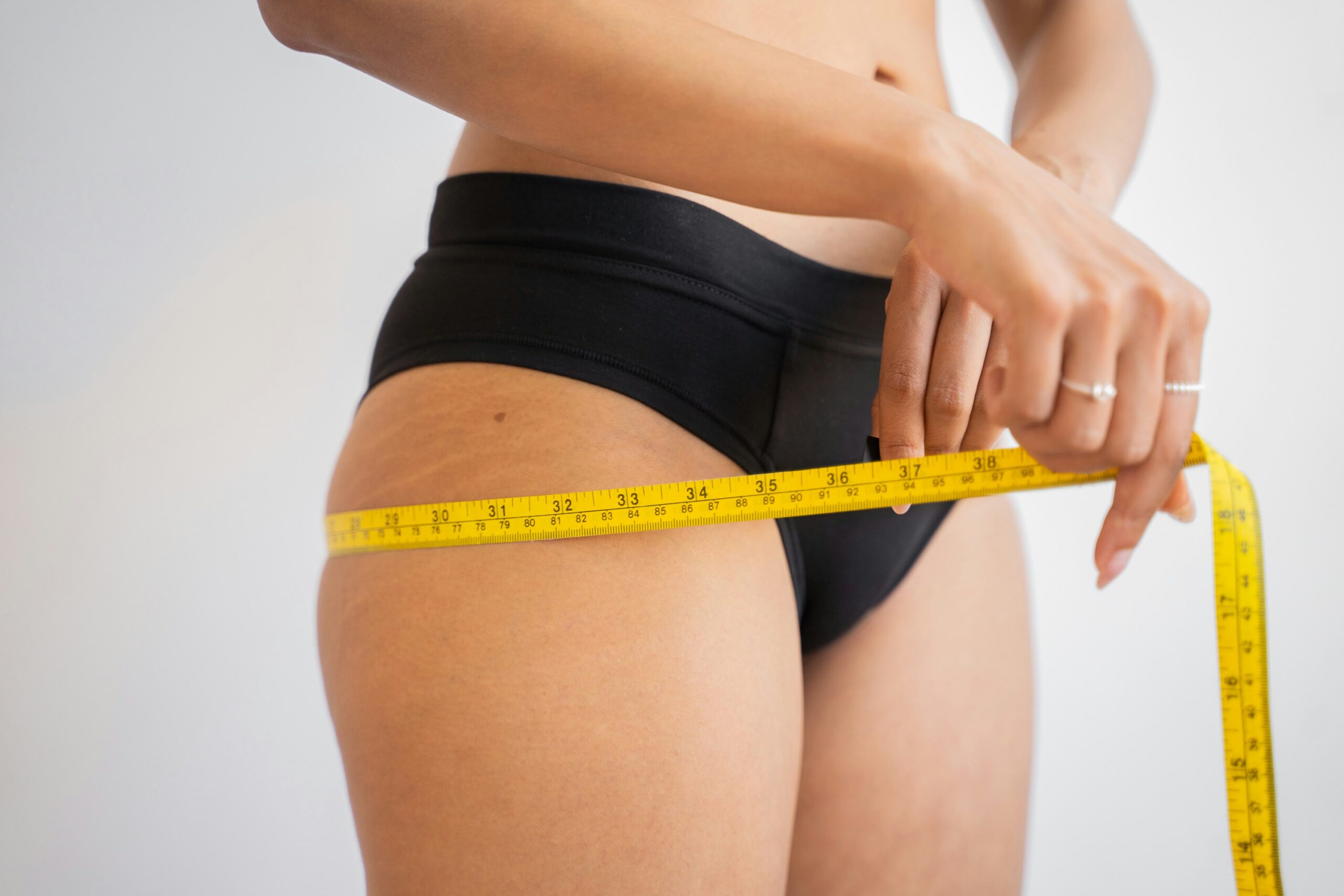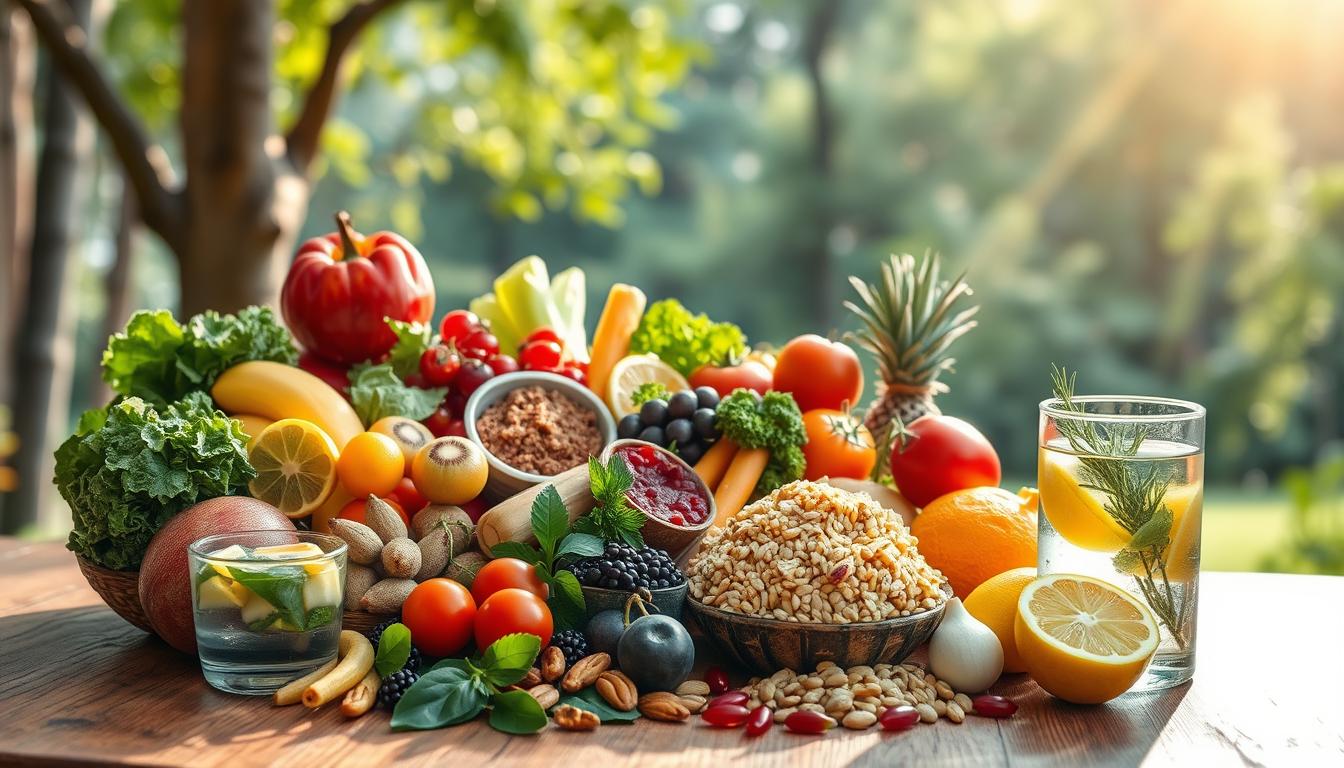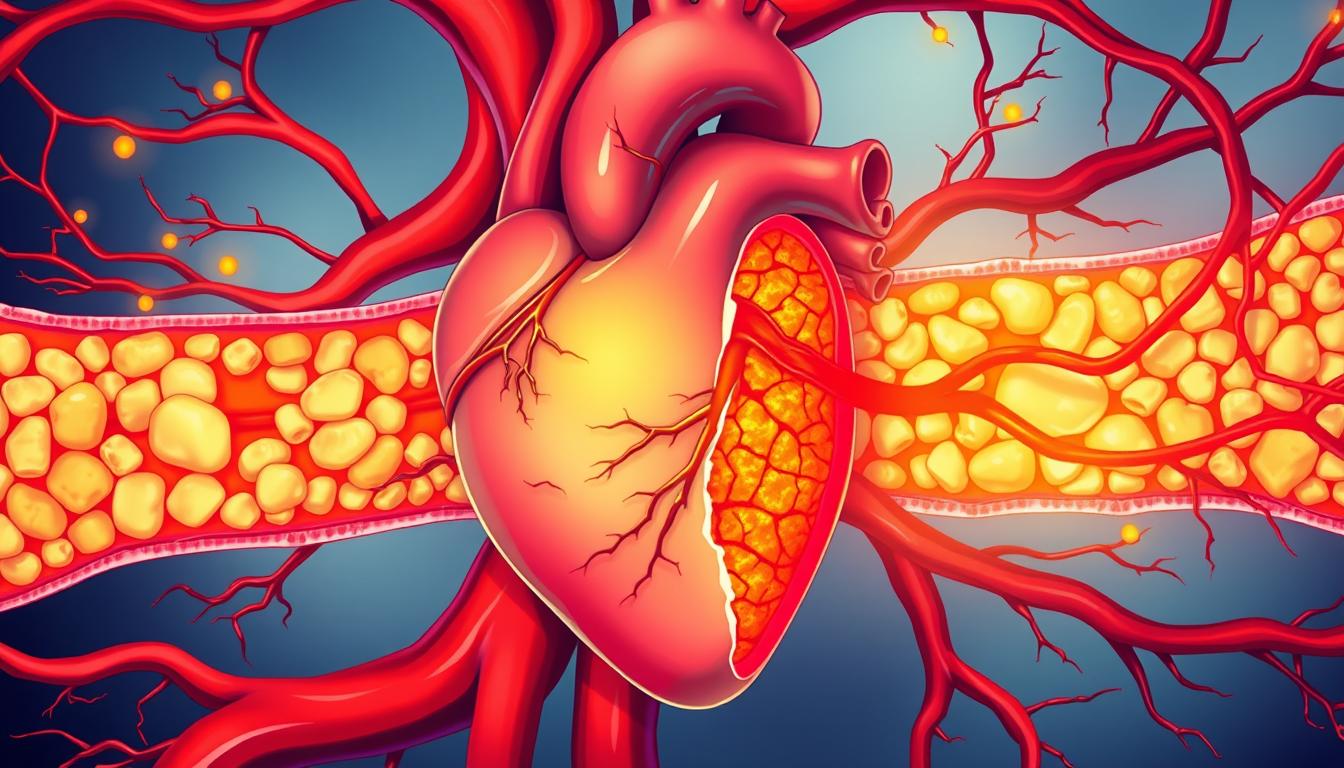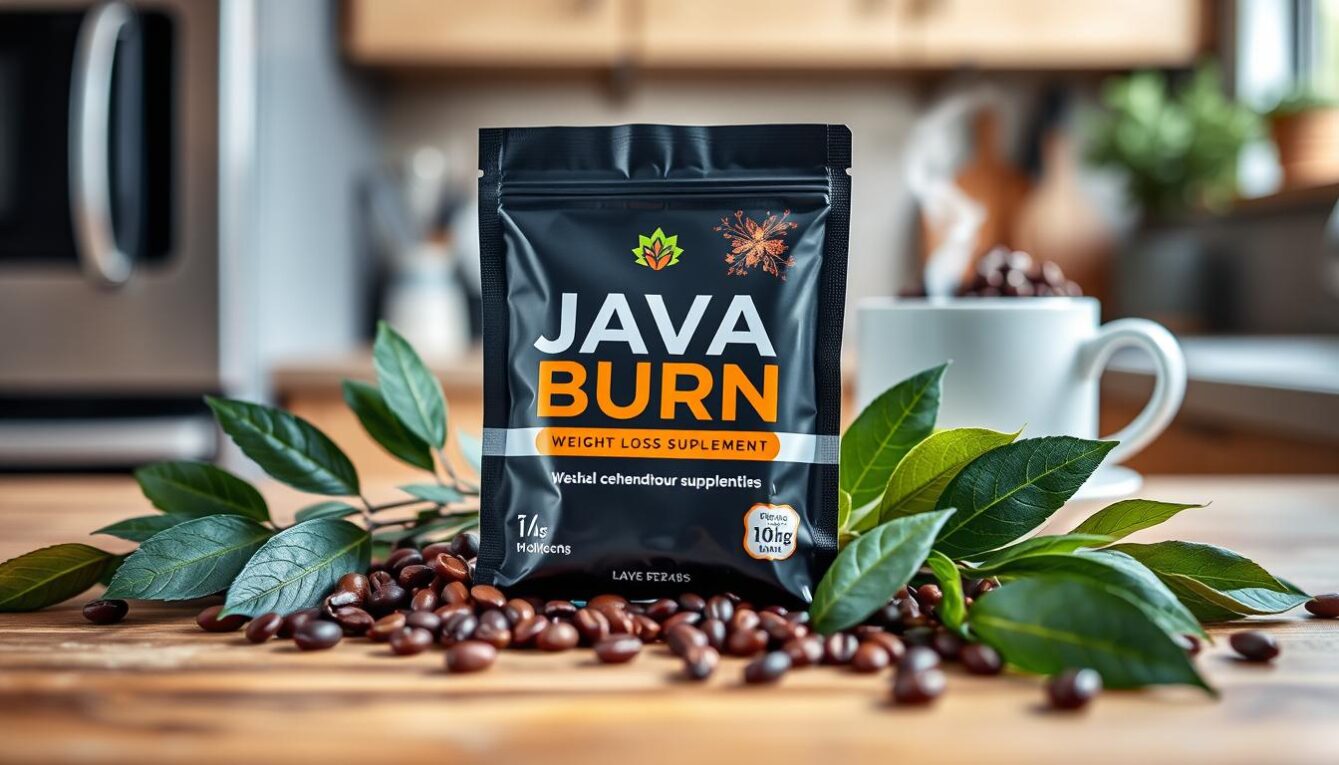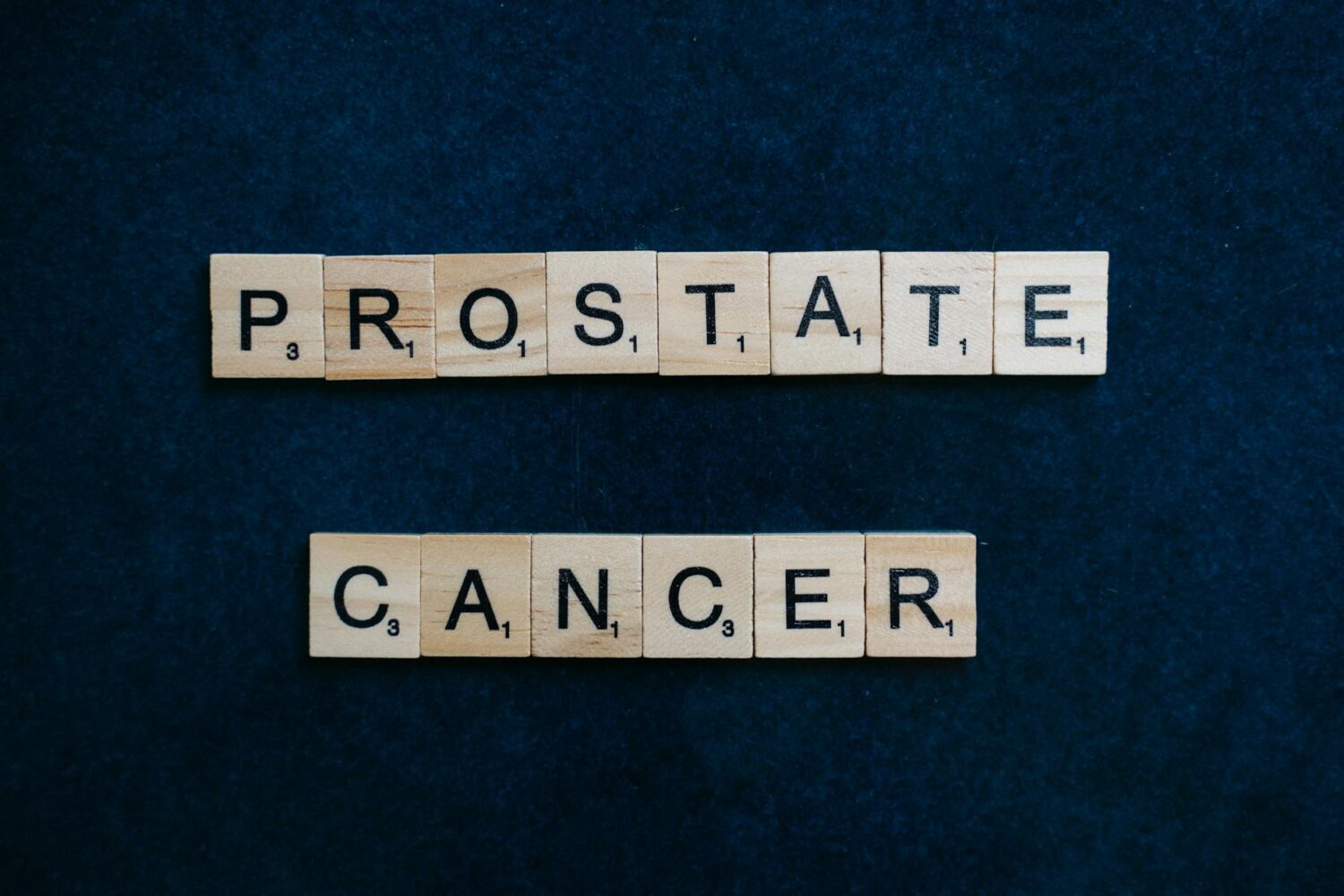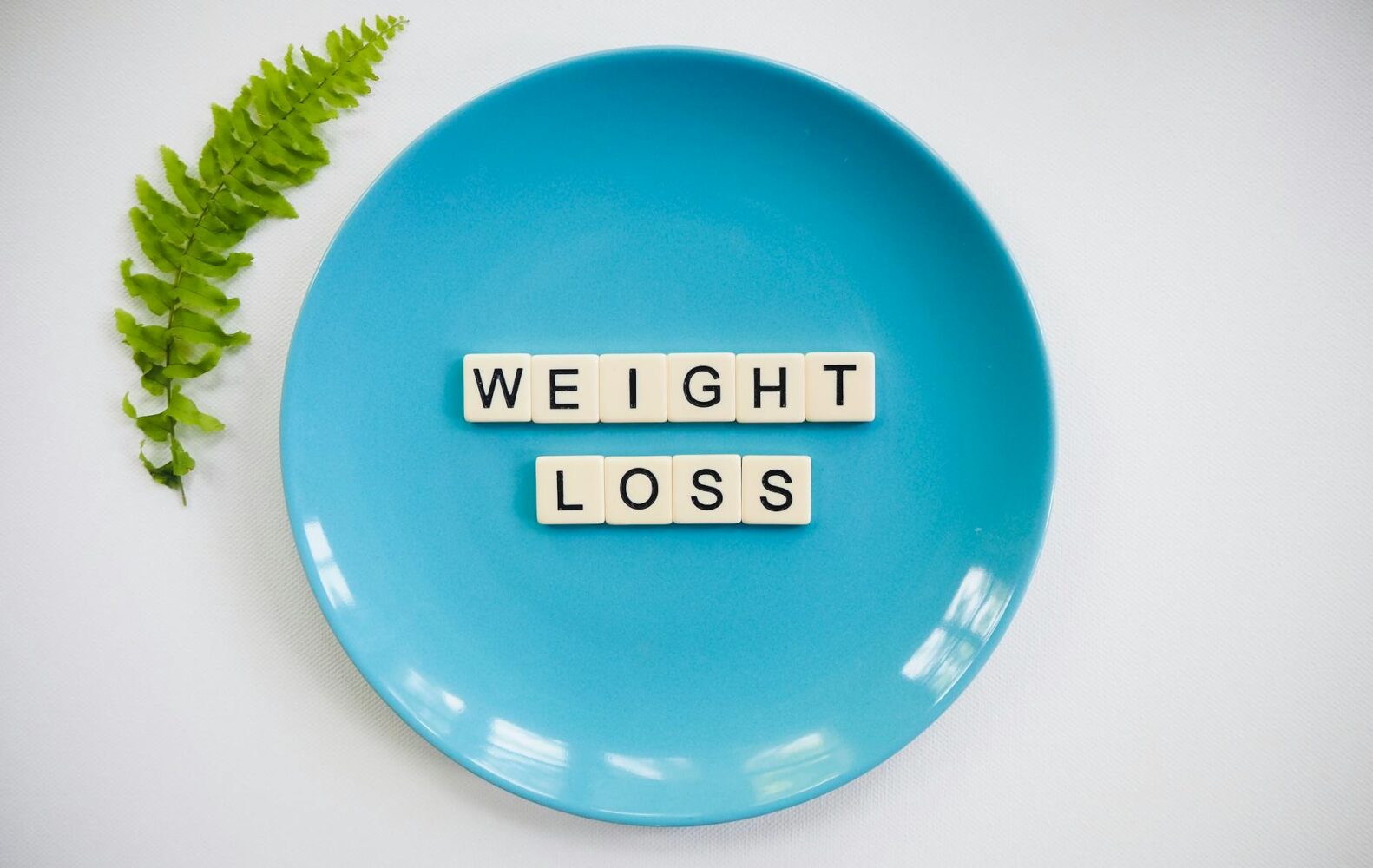Many people believe that slimming down their midsection requires drastic measures. But what if you could achieve a trimmer waist without starving yourself or spending hours at the gym? Science shows that a balanced approach works best.
Excess body fat around the waist isn’t just a cosmetic concern—it’s linked to higher risks of heart disease and diabetes. While spot reduction is a myth, combining smart nutrition, effective exercise, and healthy habits can help you reach your goals.
Losing 1.5 to 2 pounds per week is both safe and sustainable. Ready to learn how? Here are 18 science-backed methods to help you get started.
Key Takeaways
- Waist size impacts overall health, not just appearance.
- Spot reduction doesn’t work—focus on full-body fat loss.
- A mix of diet, movement, and lifestyle changes delivers the best results.
- Aim for gradual weight loss to maintain progress.
- Small, consistent changes add up over time.
Introduction: Why Your Waistline Matters
Your waistline isn’t just about looks—it’s a window into your overall health. Excess belly fat, especially visceral fat, wraps around your organs and raises risks for type 2 diabetes and heart disease. Studies show it’s linked to higher mortality rates, even if your weight seems normal.
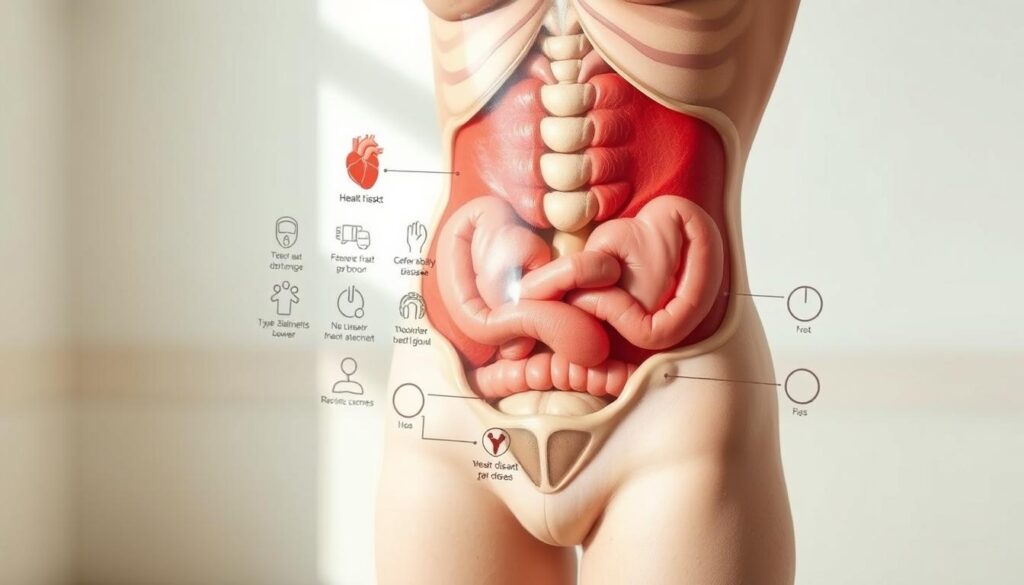
Waist size is a better health indicator than BMI alone. A 1-inch reduction can drop you a full dress size, but the real win is lowering health risks. BMI often misses abdominal obesity, leaving many unaware of hidden dangers.
Visceral fat also impacts mental well-being. Many feel self-conscious about their midsection, fueling stress and unhealthy habits. Worse, research reveals trans fats can spike abdominal fat by 33%—another reason to ditch processed foods.
- Health risks: Visceral fat increases inflammation and insulin resistance.
- Measurement matters: Women over 35 inches or men over 40 inches face higher risks.
- BMI gaps: It doesn’t distinguish fat from muscle or pinpoint abdominal fat.
Focusing on your waistline isn’t vanity—it’s a vital step toward a healthier body. The next sections will show how to tackle it effectively.
Why Simple Tricks to Shrink Your Waistline Work
Small, strategic changes in your routine can lead to significant waistline improvements. The key lies in understanding how your body burns fat. A 3,500-calorie deficit equals one pound of weight loss. That means cutting 750 calories daily helps you lose about 1.5 pounds per week.
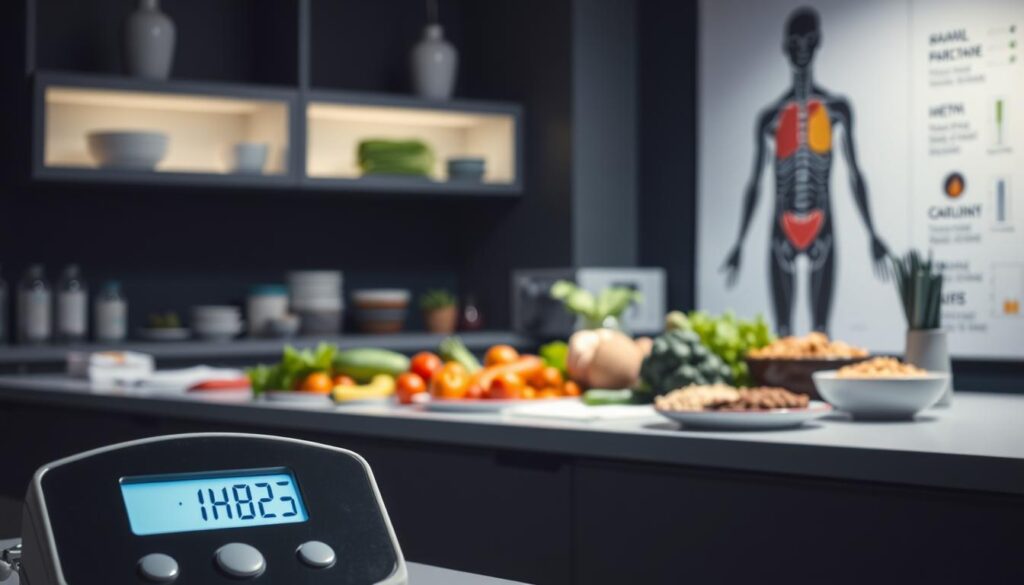
Combining methods amplifies results. For example, a 12-week yoga study showed participants lost 1.5 inches off their waists. Pairing this with a balanced diet and cardio creates a powerful synergy.
Here’s how different activities stack up for calorie burn:
| Activity | Calories Burned (30 mins) | Impact on Waistline |
|---|---|---|
| HIIT | 400-500 | High (fat loss) |
| Walking | 150-200 | Moderate (consistency matters) |
| Resistance Training | 200-300 | Boosts metabolism |
Spot reduction is a myth—you can’t target belly fat alone. Full-body workouts like strength training build muscle, which helps burn more calories at rest. Consistency is crucial; a 10-week walking challenge proved daily steps add up to measurable results.
Start small. Mix workouts. Track progress. Your waistline will thank you.
Prioritize Soluble Fiber in Your Diet
Not all fibers are created equal—some can directly target stubborn belly fat. Soluble fiber forms a gel in your gut, slowing digestion and keeping you full longer. Studies show 10g per day reduces waistline growth by 3.7% over five years.
This fiber binds with water to trap sugars and fats, preventing spikes in blood sugar. A Harvard study found it’s especially effective against visceral fat, the dangerous kind around organs.
Top Soluble Fiber Foods to Add Now
Incorporate these seven foods into your diet for maximum impact:
- Oats (1.5 cups cooked = 3g fiber)
- Black beans (½ cup = 5g fiber)
- Apples (1 medium = 4g fiber, skin on)
- Brussels sprouts (1 cup = 4g fiber)
- Flaxseeds (2 tbsp = 3g fiber)
- Avocados (½ fruit = 5g fiber)
- Sweet potatoes (1 medium = 4g fiber)
Try a breakfast bowl with oats, flaxseeds, and apple slices. For lunch, toss black beans into a salad with avocado. Research on monkeys showed those fed healthy fats like avocados had 30% less abdominal fat than those eating trans fats.
Pro tip: Stir 1 tbsp psyllium husk into smoothies for an extra 5g fiber. It’s tasteless but boosts results.
Cut Back on Added Sugars and Refined Carbs
Hidden sugars lurk in everyday foods, silently adding inches to your midsection. Research shows sugar-sweetened drinks increase belly fat risk by 40%, while refined carbs are linked to 17% higher abdominal fat.
Here’s why: fructose, a type of sugar, gets metabolized by your liver and stored as fat. Over time, this fuels visceral fat—the dangerous kind surrounding organs.
Where Sugar Hides
Even “healthy” snacks can be sugar traps. Check labels for these culprits:
- Sauces: Ketchup, BBQ, and salad dressings
- Granola bars: Often packed with syrups
- Yogurt: Flavored varieties can have 20g sugar per serving
Swap white rice for cauliflower rice, and soda for sparkling water with lime. A 12-oz soda has 39g sugar—that’s 10 teaspoons of empty calories.
Alcohol matters too. Limit to 2 drinks per day; excess booze slows metabolism and promotes fat storage.
Small changes, like choosing whole-grain bread over white, support sustainable weight loss. Ditch processed foods, and your waistline will reflect it.
Incorporate High-Protein Foods
Protein isn’t just for bodybuilders—it’s a secret weapon for trimming your midsection. Research shows high-protein diets reduce abdominal fat by 23% while preserving lean muscles. Unlike carbs, protein requires more energy to digest, burning 20-30% of its calories during processing (*thermic effect*).
Top Protein-Rich Foods to Try
Add these 10 foods to your plate for maximum fat loss:
- Salmon: 22g protein per 3 oz, plus omega-3s.
- Greek yogurt: 17g per 6 oz; opt for unsweetened.
- Tempeh: 15g per ½ cup (perfect for plant-based diets).
- Lentils: 9g per ½ cup cooked, with 8g fiber.
- Eggs: 6g per large egg; eat the yolk for nutrients.
Whey protein boosts peptide YY, a hormone that curbs hunger. Blend it into smoothies post-strength training to repair muscles and enhance fat burn.
Sample High-Protein Day
Hit 30g protein per meal with this plan:
- Breakfast: Scrambled eggs with spinach (20g) + 1 cup Greek yogurt (17g).
- Lunch: Grilled chicken salad with quinoa (30g).
- Dinner: Baked salmon + roasted edamame (35g).
Pro tip: Eat protein within 30 minutes of workouts to maximize muscle recovery and metabolism.
Avoid Trans Fats and Processed Foods
What you eat directly impacts your midsection more than you might realize. Trans fats, often disguised as “hydrogenated oils,” spike abdominal fat by 33%, according to primate studies. These artificial fats lurk in processed foods, from microwave popcorn to frozen pizza.
Inflammation is another culprit. Trans fats trigger it, worsening visceral fat storage around organs. Swap these five offenders for healthier picks:
- Instead of margarine, Use avocado oil or grass-fed butter.
- Skip fried snacks: Opt for air-popped popcorn or nuts.
- Ditch creamy dressings: Try olive oil and vinegar.
Sodium overload worsens bloating. Processed foods have an average 78% more salt than whole foods. Check labels for “partially hydrogenated oils”—even “0g trans fat” claims can hide 0.5g per serving.
Pro tip: Shop the perimeter of grocery stores first. Fresh produce, lean proteins, and dairy are naturally low in hidden fats. Your belly fat battle starts at the cart.
Stay Hydrated and Limit Sugary Drinks
Your hydration habits could be the missing link in your battle against stubborn belly fat. Water fuels metabolism, helping your body burn calories efficiently. Even mild dehydration slows fat breakdown by 3%, studies show.
Calculate your ideal water intake: divide your body weight (lbs) by 2. The result is your daily ounces. For example, a 150-lb person needs 75 oz (9 cups). Add 12 oz per 30 minutes of exercise.
Infused Water Recipes
Ditch sugary drinks with these flavorful swaps:
- Cucumber-mint: 5 cucumber slices + 10 mint leaves
- Lemon-ginger: 1 sliced lemon + 1 tbsp grated ginger
- Berry-basil: ½ cup mixed berries + 5 basil leaves
Liquid calories don’t trigger fullness like solid foods. One soda weekly can expand your waistline by 0.8 inches over a year. Compare options below:
| Drink | Calories | Glycemic Impact |
|---|---|---|
| Orange juice (12 oz) | 165 | High (spikes blood sugar) |
| Whole orange | 62 | Low (fiber slows absorption) |
| Cola | 140 | Very high (40g sugar) |
Alcohol adds empty calories and stalls fat burning. Limit to 1 drink/day for women, 2 for men. Choose dry wine (120 calories) over margaritas (550+ calories).
Pro tip: Drink 16 oz water before meals to curb appetite naturally. Hydration supports every step of your weight loss journey.
Practice Portion Control
Restaurant servings have grown 138% since the 1970s, distorting our perception of ‘normal’ portions. Research shows cutting portions by just 20% reduces calories by 18%—a simple tweak for steady weight loss.
Use the plate method: fill half with veggies, a quarter with protein, and the rest with whole grains. This balance keeps meals nutrient-dense without excess empty calories.
Your hands are built-in measuring tools:
- Protein = palm-sized (e.g., chicken, tofu).
- Carbs = cupped hand (like quinoa or sweet potato).
- Fats = thumb tip (nuts, olive oil).
Slow down. It takes 20 minutes for your body to signal fullness. Chew thoroughly and pause between bites.
At restaurants, split entrees or box half immediately. Choose salad plates at home—they hold 20% less than dinner plates, tricking your brain into feeling satisfied with less.
Pro tip: Pre-portion snacks into small containers to avoid mindless overeating. Small changes in your diet add up to big results.
Engage in Regular Cardio Workouts
Boosting your heart rate through exercise directly impacts fat loss around your midsection. Studies show 300 minutes of cardio weekly reduces total body fat significantly. Whether you prefer sprinting or swimming, consistent movement accelerates results.
HIIT vs. LISS: Which Works Best?
High-Intensity Interval Training (HIIT) burns 30% more calories than steady-state cardio. A 20-minute HIIT session can torch fat for hours post-workout. Low-Intensity Steady State (LISS), like brisk walking, is gentler but effective for beginners.
| Type | Duration | Calories Burned* | Best For |
|---|---|---|---|
| HIIT | 20 mins | 250–400 | Time efficiency |
| LISS | 45–60 mins | 200–300 | Recovery days |
*Estimates for 150-lb person
Top 7 Cardio Exercises
- Jump rope: Burns 15+ calories/minute
- Cycling: Low-impact, great for joints
- Swimming: Engages full body
- Rowing: Builds endurance and strength
- Stair climbing: Targets glutes and core
- Dancing: Fun way to stay active
- Running: Adjust speed for HIIT or LISS
Sample Treadmill HIIT Routine
- Warm up: 5-min walk (3.5 mph)
- Sprint: 30 sec at 8 mph (incline 2%)
- Recover: 90 sec at 3.5 mph
- Repeat 8x
- Cool down: 5-min walk
For optimal fat loss, keep your heart rate at 70–85% of max (calculated as 220 minus your age). Aim for 150+ minutes weekly of moderate cardio or 75+ minutes of vigorous exercise.
Strength Training to Tone Your Core
Visceral fat shrinks faster when you challenge your muscles with resistance exercises. Research shows strength training reduces dangerous belly fat by 18%, especially when paired with cardio. Unlike crunches, compound movements engage your entire core while boosting metabolism.
Essential Exercises for a Stronger Midsection
Start with these five moves to target deep abdominal layers:
- Deadbug progression: Lie on your back, arms extended. Lower opposite arm/leg slowly while keeping your spine neutral. Builds stability.
- Plank holds: Aim for 45 seconds with perfect form—shoulders over elbows, hips level. Shake? Modify to knees.
- Dumbbell woodchoppers: Rotate diagonally (low to high) to engage obliques. Use 5–10 lb weights.
- Russian twists: Sit at a 45° angle, twist side-to-side with a medicine ball. Feet lifted for advanced.
- Compound lifts: Squats and deadlifts activate your core as stabilizers. Start with bodyweight, then add kettlebells.
For best results, pair these with 20-minute HIIT sessions 3x weekly. A study found this combo burns fat 40% faster than cardio alone.
Pro tip: Book one session with a certified personal trainer to check your form. Small tweaks prevent injuries and maximize results.
Manage Stress to Reduce Cortisol Levels
Chronic stress doesn’t just weigh on your mind—it physically reshapes your midsection. Studies show that high cortisol levels increase abdominal fat storage by 27%. This hormone signals your body to store energy as visceral fat, especially around organs.
Here’s how it works: Cortisol spikes blood sugar, prompting insulin release. Over time, this cycle promotes fat accumulation. Stress also triggers cravings for sugary, high-calorie foods—a double whammy for your waistline.
5 Science-Backed Stress Reducers
| Technique | How It Helps | Time Commitment |
|---|---|---|
| Box Breathing | Lowers heart rate, reduces cortisol | 5 mins/day |
| Yoga | Reduces waist circumference in 12 weeks | 20 mins 3x/week |
| Ashwagandha | Adaptogen that lowers cortisol by 30% | 300mg daily |
| Nature Walks | Decreases stress hormones by 15% | 30 mins |
| Journaling | Reduces anxiety-linked overeating | 10 mins nightly |
A 12-week yoga study proved its power: participants lost 1.5 inches off their waists. Focus on poses like downward dog and child’s pose—they activate the parasympathetic nervous system, countering stress.
Nighttime Routine to Lower Cortisol
- 8 PM: Sip chamomile tea (no screens).
- 9 PM: Write 3 gratitude bullets.
- 9:30 PM: 5-minute guided meditation.
- 10 PM: Cool, dark room (65°F ideal).
Pro tip: Rhodiola rosea, another adaptogen, can curb stress-induced cravings. Pair it with deep breathing for a one-two punch against belly fat.
Get Quality Sleep Every Night
Sleep deprivation does more than leave you groggy—it actively sabotages your waistline. Research shows getting less than 5 hours per day increases obesity risk by 32%. Sleep apnea sufferers often store more visceral fat, the dangerous kind surrounding organs.
Two hormones control hunger signals: leptin (satiety) and ghrelin (appetite). Poor sleep lowers leptin by 18% while spiking ghrelin by 28%. This imbalance drives cravings for high-calorie foods, leading to weight gain.
Optimize your sleep environment with these science-backed tips:
- Block blue light: Wear amber glasses 2 hours before bed or use apps like f.lux.
- Keep it cool: 65°F is the ideal bedroom temperature for deep sleep.
- Try tracking: Devices like Oura Ring or Whoop monitor sleep stages and recovery.
Certain foods naturally boost melatonin, your sleep hormone:
- Tart cherries: 8 oz juice provides 0.1mg melatonin.
- Walnuts: 1 oz contains 2.5-4.5 ng melatonin.
- Fatty fish: Salmon’s vitamin D improves sleep quality.
For sleep apnea sufferers, positional therapy helps. Try these adjustments:
- Use a wedge pillow to elevate your head 30 degrees.
- Wear a backpack with tennis balls to prevent back sleeping.
- Practice throat exercises like didgeridoo playing to strengthen airways.
Prioritizing 7-9 hours of quality sleep nightly helps regulate metabolism and curb cravings. Your waistline—and overall health—will thank you.
Try Intermittent Fasting
Timing your meals strategically could be the missing puzzle piece in your waist-trimming journey. Studies show combining intermittent fasting with protein pacing reduces visceral fat by 14%. The 16:8 method (16-hour fast, 8-hour eating window) proves most sustainable for long-term results.
- 16:8 method: Fast from 8 PM to noon, eat between noon-8 PM daily. Easier to maintain with normal social eating patterns.
- 5:2 approach: Eat normally 5 days per day, limit to 500-600 calories on 2 non-consecutive days. More challenging but effective.
During fasting windows, stay hydrated with these approved beverages:
- Water (plain or infused with lemon/cucumber)
- Black coffee (no cream/sugar)
- Unsweetened herbal tea
- Electrolyte water (no sweeteners)
Sample 16:8 meal timing:
- 12 PM: Protein-rich lunch (grilled chicken salad)
- 3 PM: Handful of almonds
- 6 PM: Balanced dinner (salmon + veggies)
- 8 PM: Fasting begins
Fasting triggers autophagy—your body‘s cellular cleanup process. This removes damaged cells and may reduce inflammation linked to abdominal fat storage.
Women should note: Hormonal fluctuations may require adjusted approaches. Try 14:10 fasting instead, and avoid during pregnancy/menstruation. Always consult your doctor before starting any fasting regimen for weight loss.
Drink Green Tea or Black Coffee
Your morning beverage choice could be accelerating fat burn around your midsection. Research shows green tea increases fat oxidation by 17%, making it a powerful tool for belly fat reduction.
The magic lies in EGCG, a compound that boosts norepinephrine to break down fat. Three cups daily can reduce waist circumference significantly—especially when paired with exercise.
Brewing for Maximum Benefits
Temperature matters for unlocking EGCG:
- Green tea: 160-180°F (prevents bitterness while preserving compounds)
- Matcha: Whisk 1 tsp in 175°F water (contains 137x more EGCG than regular green tea)
- Sencha: Steep 2 mins at 170°F (higher L-theanine for calming effects)
Cold brew coffee offers unique advantages too. Its lower acidity provides 67% more fat-burning chlorogenic acid than hot brewing methods.
Caffeine Timing Strategies
Optimize your intake with this schedule:
- 6-9 AM: Black coffee (cortisol naturally high—avoid overstimulation)
- 10 AM-noon: Green tea (EGCG works synergistically with morning workouts)
- 2-4 PM: Matcha latte (sustained energy without sleep disruption)
Limit caffeine after 4 PM to protect sleep quality. Remember—these drinks support health, but they’re most effective alongside a balanced way of eating for sustainable loss.
Track Your Progress and Stay Consistent
Measuring your progress keeps you accountable and motivated on your fitness journey. Studies show food tracking alone reduces calorie intake by 20%, while losing just 1 inch from your waist often correlates with 30 pounds of overall weight loss.
Best Tracking Apps Beyond MyFitnessPal
Choose tools that fit your lifestyle. Here’s how top options compare:
| App | Key Feature | Best For |
|---|---|---|
| Cronometer | Micronutrient tracking | Detailed nutrition data |
| Lose It! | Barcode scanner | Quick logging |
| FatSecret | Community support | Social motivation |
How to Measure Accurately
Use a flexible tape at your navel—not too tight. Record measurements weekly at the same time (morning is best). Progress photos from front, side, and back angles reveal subtle changes your scale might miss.
Celebrate non-scale victories like fitting into old jeans or improved energy levels. These milestones prove your body is changing, even if the numbers fluctuate.
Weekly Check-In Routine
- Weigh-in: Same day/time, post-restroom.
- Measure: Waist, hips, and optional areas.
- Reflect: Note energy, sleep, and cravings.
Consistency is the best way to see lasting results. Adjust your plan every 4-6 weeks based on data, not guesswork.
Combine Tricks for Maximum Results
Synergizing multiple strategies creates a powerful ripple effect for waistline transformation. Research proves combining methods yields 3x better fat loss than single approaches. A 6-week walking challenge showed participants who paired activity with dietary changes lost twice as many inches.
- Monday/Wednesday/Friday: HIIT + strength training (45 mins) with post-workout protein shake
- Tuesday/Thursday: Brisk walking + core exercises (30 mins)
- Saturday: Active recovery (yoga or swimming)
- Sunday: Meal prep with soluble fiber and lean proteins
Nutrient timing amplifies results. Eat carbs around workouts when your body needs energy most. Pair proteins with veggies at other meals to maintain muscle while shedding fat.
Plateaus happen—expect them. Try a deload week every 6-8 weeks:
- Reduce workout intensity by 40%
- Increase calories by 200 daily
- Focus on sleep and hydration
Social support matters. Those with workout buddies stick to programs 76% longer. Share goals with friends or join online communities for accountability.
Success leaves clues. Most people who maintain results for 5+ years:
- Track progress weekly but not obsessively
- Allow occasional treats without guilt
- View this as a lifestyle, not a temporary fix
Remember, every strategy supports your health beyond appearance. Consistency with this layered approach creates lasting change.
Conclusion: Start Your Journey to a Slimmer Waistline Today
Every journey toward a healthier midsection begins with a single step. Combine soluble fiber, lean protein, and hydration to fuel progress. Small wins—like swapping sugary drinks for green tea—add up over time.
Track meals with apps like Cronometer and celebrate non-scale victories. Consistency beats intensity; aim for 1% improvement daily.
For personalized plans, consult a nutritionist or trainer. Your health is worth the effort.
Ready? Take action today—your slimmer waistline awaits.
